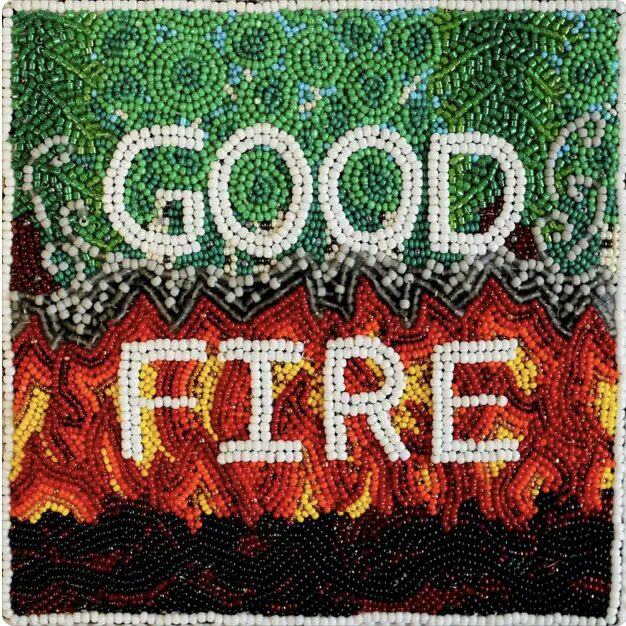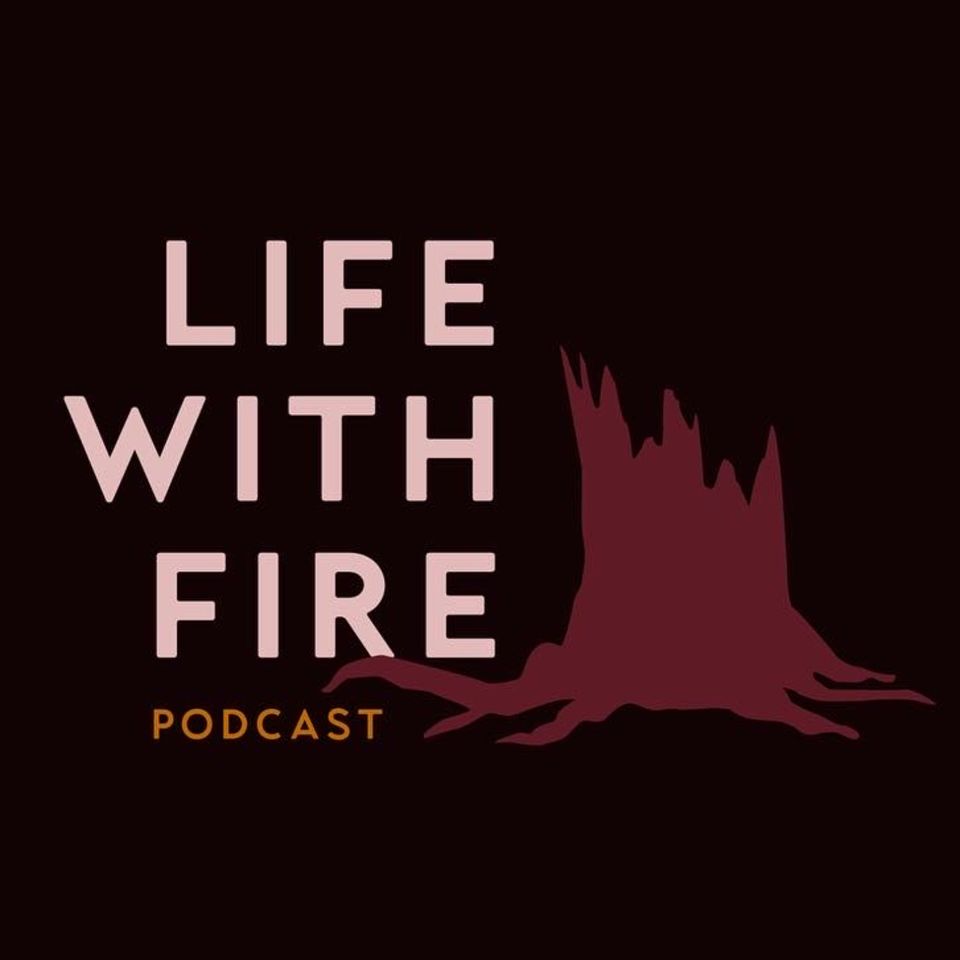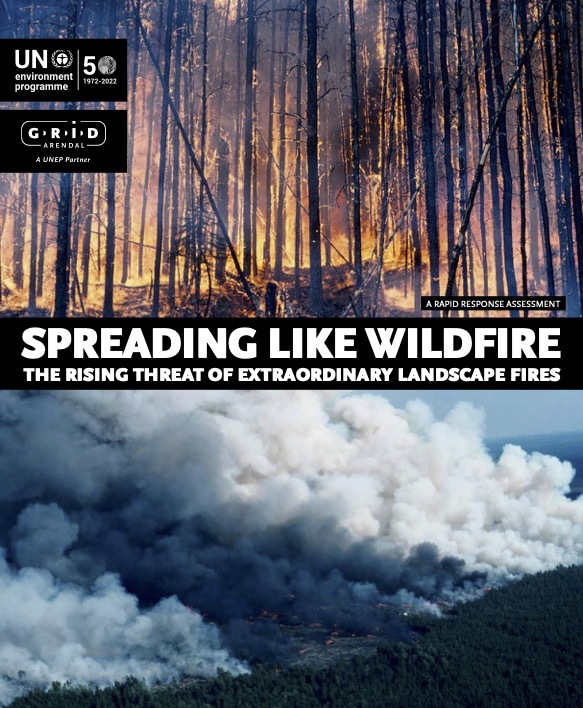Editor’s note: Autumn Bjugstad is the Executive Coordinator for The Nature Conservancy’s North America Fire Team, an active group in stewarding the Fire Networks. In this blog, Autumn, who was brand new to fire before beginning her role, shares a variety of resources that helped introduce her to the complicated and fascinating world of fire. This blog is a great read for both new and experienced folks in fire – we are all continuously learning. If you have additional resources that would be helpful in introducing people to fire, share them in the comments!
Almost two years ago, I joined the Fire Networks as the Executive Coordinator for The Nature Conservancy’s North America Fire Team. At that time, I was hired for my administrative and project management skills, and had no experience in beneficial fire, wildfire resilience, or community adaptation. To say I was overwhelmed by the onslaught of information, lingo, and acronyms is an understatement. It seemed like everyone around me was operating in a parallel universe where any four random letters combined could be meaningful. Like anyone trying to learn a new language, I thought the best strategy would be to immerse myself in fire culture daily; however, I had the minor problem of working remotely miles away from a fire crew. So, with a one-year-old toddler as my coworker, and two scruffy mutts to keep me company, I started a daily practice of walking in the morning while listening to a podcast, article, or book related to a different aspect of fire. While I pretend my baby bjorn is a pack, and my neighborhood is a hike in the woods, I’ve built some literacy on the topic and quickly realized that I have much more to learn.
I know that nothing can compare to learning about beneficial fire like being on a fire line, but if your role in fire is more administrative or behind the scenes, and you’d like to learn some basics to be able to understand your coworkers, here are a few resources that helped me on my fire-learning journey.

Co-hosts Dr. Amy Cardinal Christianson and Matthew Kristoff explore Indigenous communities’ relationships with fire since time immemorial. (I totally fangirled when I got to meet Dr Christianson in person!)
Want to dive deeper? The Karuk Tribes’ Good Fire II Report offers an in depth look at the barriers to expansion of cultural burning and prescribed fire use and recommended solutions.

The recently released Guidebook for Prescribed Burning in the Southern Region is great for getting an understanding for all of the steps involved in a prescribed burn. I’ll be the first to admit, I haven’t read all 220 pages and I have no intention of ever becoming a frequent fire practitioner, but this document made me feel like I can at least understand all the resources and time involved in preparing for a burn.

Ignition: Lighting Fires in a Burning World by M. R. O’Connor
I appreciated following the author’s journey from a reporter to working on a fire line. Some of the content is heavy and difficult to comprehend from the comfort of your couch, but it helped me understand both the risk involved with wildland firefighting and the importance of restoring beneficial fire to the landscape.
While I’m sure there are more or better resources, these are the ones that have stayed with me as I work to better understand the world of beneficial fire, and wildfire resilience. Hopefully over time, the more I read and listen, the more “fire literate” I will become. I’d love to hear what resources you share with your fire newbies. Please drop a comment with your suggested resources below so I can continue learning and others can benefit from a bit of Fire 101.
****




